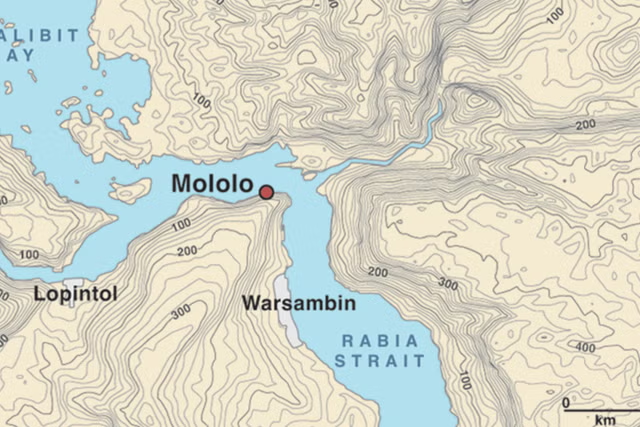Support truly
independent journalism
Support Now
Our mission is to deliver unbiased, fact-based reporting that holds power to account and exposes the truth.
Whether $5 or $50, every contribution counts.
Support us to deliver journalism without an agenda.

Louise Thomas
Editor
There are at least six different types of love that light up different parts of the brain, comprehensive new scans have revealed.
The word “love” is used to describe a range of contexts from sexual adoration to parental or pet love, or even the love of nature.
Now a new study, published on Monday in the journal Cerebral Cortex, revealed that the same word activated different parts of the brain depending on the type of human experience.
Scientists presented several simple scenarios to 55 parents, who all described themselves as being in a loving relationship.
Researchers used MRI brain scans to measure the participants’ brain activity as they mulled stories related to six different types of love, including for romantic partners, friends, strangers, pets and nature.

For instance, one of the prompts presented to the participants involved them recollecting seeing their baby for the first time.
“You see your newborn child for the first time. The baby is soft, healthy and hearty – your life’s greatest wonder. You feel love for the little one,” researchers presented as one of the scenarios.
Such activations in response to feelings of love were compared in the study with neutral stories in which very little happened.
Scientists found that love for one’s children generated the most intense brain activity, closely followed by romantic love.
“In parental love, there was activation deep in the brain’s reward system,” study co-author Pärttyli Rinne from Aalto University said, adding that such intense brain activity “was not seen for any other kind of love”.
Surprisingly, all types of love between people seemed to activate the same brain irrespective of the closeness of the relationship, but differing only in the intensity of brain activation.
Compassionate love for strangers, the study found, was less rewarding and caused less brain activation than love in close relationships.
The love of nature activated the brain’s reward system and visual areas, but not the social brain areas.
These findings suggest brain activity in response to feelings of love is influenced not only by the closeness of the object but also by whether it is a human being, another species, or nature.
For pet owners, when prompted to think about spending time with their furry companions, brain areas associated with feelings of sociality seemed to be activated more than those that light up to thoughts of nature.
“We now provide a more comprehensive picture of the brain activity associated with different types of love than previous research,” Dr Rinne said.
Disclaimer: The copyright of this article belongs to the original author. Reposting this article is solely for the purpose of information dissemination and does not constitute any investment advice. If there is any infringement, please contact us immediately. We will make corrections or deletions as necessary. Thank you.



